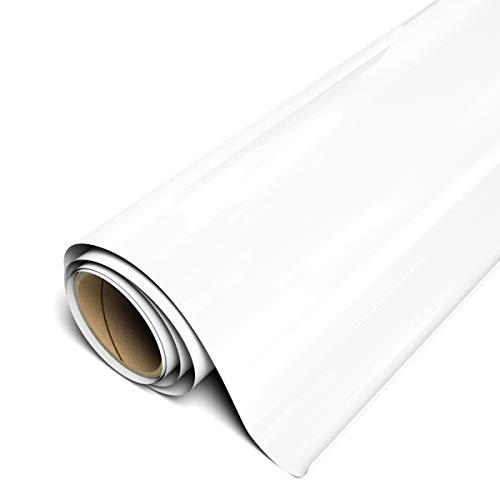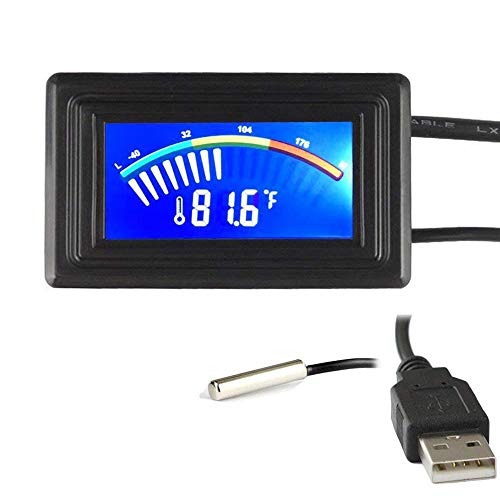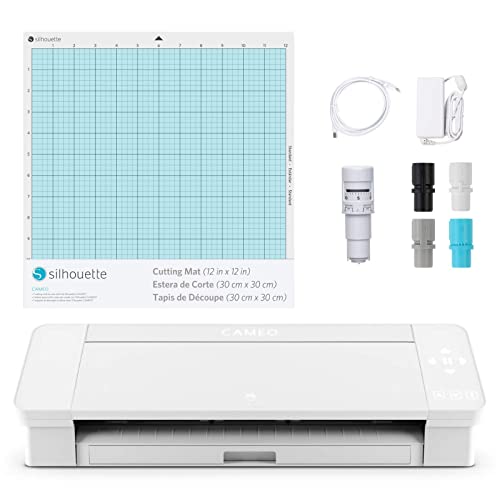This step-by-step guide, titled “How to Expand Your Heat Transfer Printing Business with Advanced Techniques,” is designed to help entrepreneurs in the heat transfer printing industry take their business to the next level. It provides comprehensive instructions on advanced techniques that can be utilized to enhance the quality and efficiency of heat transfer printing. By following this guide, individuals will have the knowledge and skills necessary to expand their business and achieve greater success in the industry.
Top-rated heat transfer printers on the market
Research Advanced Techniques
To begin researching and familiarizing yourself with advanced heat transfer printing techniques, explore new materials, equipment, and processes that can enhance your business operations and offerings. Start by researching online, visiting trade shows or contacting suppliers for information on the latest advancements in heat transfer printing techniques. Take notes and compare different methods, evaluating their benefits and limitations. Consider reaching out to industry experts or joining professional forums to gather insights and gain a deeper understanding of the techniques. As you gather information, create a comprehensive list of the techniques you find most promising and relevant to your business goals.
Invest in Updated Equipment
Evaluate your current heat transfer printing equipment and identify any limitations or areas for improvement.Consider the following factors when evaluating your equipment:
- Age and condition: Assess the age and condition of your current machinery. Determine if any parts are worn out or outdated.
- Technical specifications: Compare the technical specifications of your equipment with modern models. Look for advancements in print quality, speed, and efficiency.
- Features and capabilities: Identify the features and capabilities that your current equipment may lack, such as the ability to print on various materials or offer special effects like foil or embossing.
Once you have evaluated your current equipment, consider investing in updated machinery that offers advanced features and capabilities. Follow these steps:
- Research available options: Explore different suppliers and manufacturers to find updated equipment that meets your specific requirements.
- Compare product specifications: Compare the technical specifications, features, and capabilities of different models to ensure they align with your business needs.
- Consider a demonstration or trial: Request a demonstration or trial of the equipment to assess its performance in your specific production environment.
- Evaluate cost and return on investment: Analyze the cost of the updated equipment and estimate the potential return on investment by considering factors such as increased productivity and improved product quality.
- Make an informed decision: Based on your evaluation and analysis, select the updated equipment that best fits your needs and budget.
By investing in updated machinery, you will have the opportunity to expand your printing options, produce higher quality products, and potentially enhance your competitive advantage in the market.
Train Your Staff
- Define training objectives: Clearly outline the goals and objectives of the training program, emphasizing the need for staff to acquire proficiency in utilizing advanced techniques and equipment.
- Develop training modules: Break down the training into manageable modules, covering specific techniques and equipment. Create comprehensive, step-by-step instructions with clear explanations to ensure easy understanding for trainees.
- Provide hands-on practice: Include practical sessions where staff can apply the learned techniques and operate the equipment under supervision. Encourage active participation and address any questions or concerns during the practice sessions.
- Offer continuous support: Establish a system for ongoing support and mentorship after the initial training is completed. Provide trainees with access to resources, such as user manuals or online materials, that can help reinforce their knowledge and skills.
- Evaluate and measure progress: Regularly assess the trainees’ progress and understanding to identify areas that may require additional training or support. Use feedback and evaluation metrics to continuously improve the training program for future participants.
Remember, providing comprehensive training to your staff on advanced techniques and equipment is crucial to ensuring their success in implementing these techniques effectively. By following these steps, you can equip your staff with the necessary skills and knowledge needed for their professional growth and the overall success of your organization.
Collaborate with Industry Experts
To establish partnerships or collaborations with industry experts in advanced heat transfer printing techniques, follow these steps:
- Identify potential experts: Research and identify industry professionals or companies specializing in advanced heat transfer printing techniques. Look for individuals or organizations who have a track record of successful projects and a reputation for expertise in the field.
- Reach out and connect: Once you have identified potential industry experts, approach them with a well-crafted message explaining your interest in collaborating and the benefits it can offer both parties. Highlight how their expertise can help your business expand and improve.
- Discuss mutual benefits: During your initial conversation with industry experts, clearly communicate what you hope to achieve through the collaboration. Discuss how their insights, guidance, and support can contribute to your business goals. It’s important to emphasize how the collaboration will be mutually beneficial, showcasing what you can bring to the table in terms of resources, skills, or access to markets.
- Formalize the collaboration: Once you and the industry expert have agreed to collaborate, it’s important to formalize the partnership through a written agreement or contract. This document should outline the scope of the collaboration, expectations, responsibilities, and any financial arrangements.
By collaborating with industry experts specializing in advanced heat transfer printing techniques, you can tap into their knowledge and experience to improve your business processes, expand your capabilities, and ultimately enhance your competitiveness in the market. This collaboration can also open doors to new opportunities, such as joint marketing efforts or accessing the expert’s network of clients or suppliers.
Diversify Your Product Range
To expand your product range, incorporate new and innovative heat transfer printing techniques. Offer personalized or customized products, specialty items, and unique designs to attract a wider customer base. Research and explore various heat transfer printing methods such as sublimation, heat press, or vinyl transfer to determine the best fit for your products. Experiment with different materials, colors, and finishes to create visually appealing and high-quality products. Market these new additions through your website, social media platforms, and targeted advertising to reach your target audience effectively.
Market Your Advanced Techniques
Develop a Strategic Marketing Plan for Showcasing Your Advanced Heat Transfer Printing Techniques
To effectively promote your business’s advanced heat transfer printing techniques, it is crucial to develop a comprehensive marketing strategy. Start by identifying your target audience and their specific needs and preferences. Next, create compelling content that highlights the unique capabilities and benefits of your techniques. Utilize various marketing channels such as social media platforms, websites, and trade shows to reach your target audience. Craft engaging posts and updates that showcase your expertise and demonstrate how your techniques provide superior results. Maximize your online presence by optimizing your website for search engines and sharing informative and visually appealing content. Finally, make sure to actively participate in trade shows and industry events to connect with potential customers and showcase your techniques in person. By following these steps, you can effectively market your advanced heat transfer printing techniques and attract new customers to your business.
Provide Exceptional Customer Service
- Prioritize exceptional customer service by ensuring prompt responses, efficient order processing, and the delivery of high-quality products to differentiate your business from competitors.
- Respond to customer inquiries and concerns in a timely manner, demonstrating attentiveness and a willingness to address their needs.
- Streamline your order processing system to ensure quick and accurate fulfillment, minimizing errors and delays for your customers.
- Maintain consistently high standards for your product offerings, ensuring that they meet or exceed customer expectations.
- Continuously seek feedback from customers to identify areas for improvement and make necessary adjustments to further enhance the customer experience.
Monitor Trends and Innovations
To effectively monitor trends and innovations in heat transfer printing, regularly conduct research and analysis to stay informed about the latest developments in the industry. Subscribe to industry newsletters, attend trade shows and conferences, and follow relevant websites and social media accounts. Utilize online resources, such as industry forums and blogs, to engage with professionals and gain insights into emerging technologies and techniques. By continuously monitoring and staying updated, you will be able to offer cutting-edge solutions to your customers and maintain a competitive edge in the market.
Key Takeaways for Business Growth
In conclusion, implementing advanced heat transfer printing techniques is crucial for expanding your business in the ever-evolving industry. By incorporating the methods discussed in this guide, such as sublimation printing, heat transfer vinyl, and heat press machines, you can elevate the quality and versatility of your prints. Additionally, exploring new trends and innovations will enable you to stay ahead of the competition and cater to a broader customer base. By embracing these advanced techniques, you will position your heat transfer printing business for growth, profitability, and long-term success.
Necessary Equipment
Expert Techniques for Growth
Three Key Insights on the Heat Transfer Industry That Can Boost Your Profitability
Instructions for Operating the Heat Transfer Printer
- Make sure the heat transfer printer is properly set up and plugged in before use
- Select the appropriate design or image that you want to transfer onto the desired material
- Adjust the settings on the heat transfer printer, such as temperature and pressure, according to the recommended guidelines for the material you are using
- Prepare the material by ensuring it is clean and free of any wrinkles or obstructions
- Place the material carefully onto the heat transfer printer, ensuring it is positioned correctly for the design placement
- Start the printing process, following the instructions on the heat transfer printer’s control panel or software
- Allow the printer to fully complete the printing process before removing the material
- Carefully remove the material from the heat transfer printer and check the quality of the transferred design
- If necessary, follow any additional steps, such as heat pressing the transferred design, to ensure its durability and longevity
- Clean and maintain the heat transfer printer regularly to ensure optimal performance for future use
Frequently Asked Questions about Heat Transfer Printers
How long does it take for a heat transfer printer to complete a print job?
The time it takes for a heat transfer printer to complete a print job can vary depending on several factors. The complexity and size of the design being printed, as well as the speed settings of the printer, can impact the overall printing time. Generally, heat transfer printing is a relatively quick process, with most print jobs being completed within a matter of minutes. However, for larger or more intricate designs, printing can take anywhere from 5-20 minutes or longer. It is important to note that these time estimates are approximate and can vary between different heat transfer printers and printing setups.


















